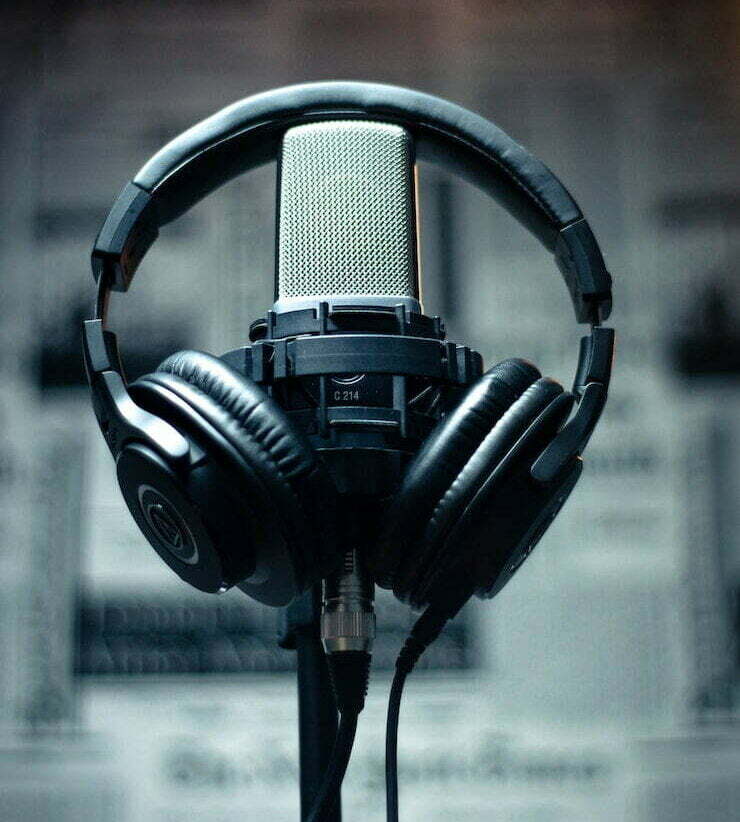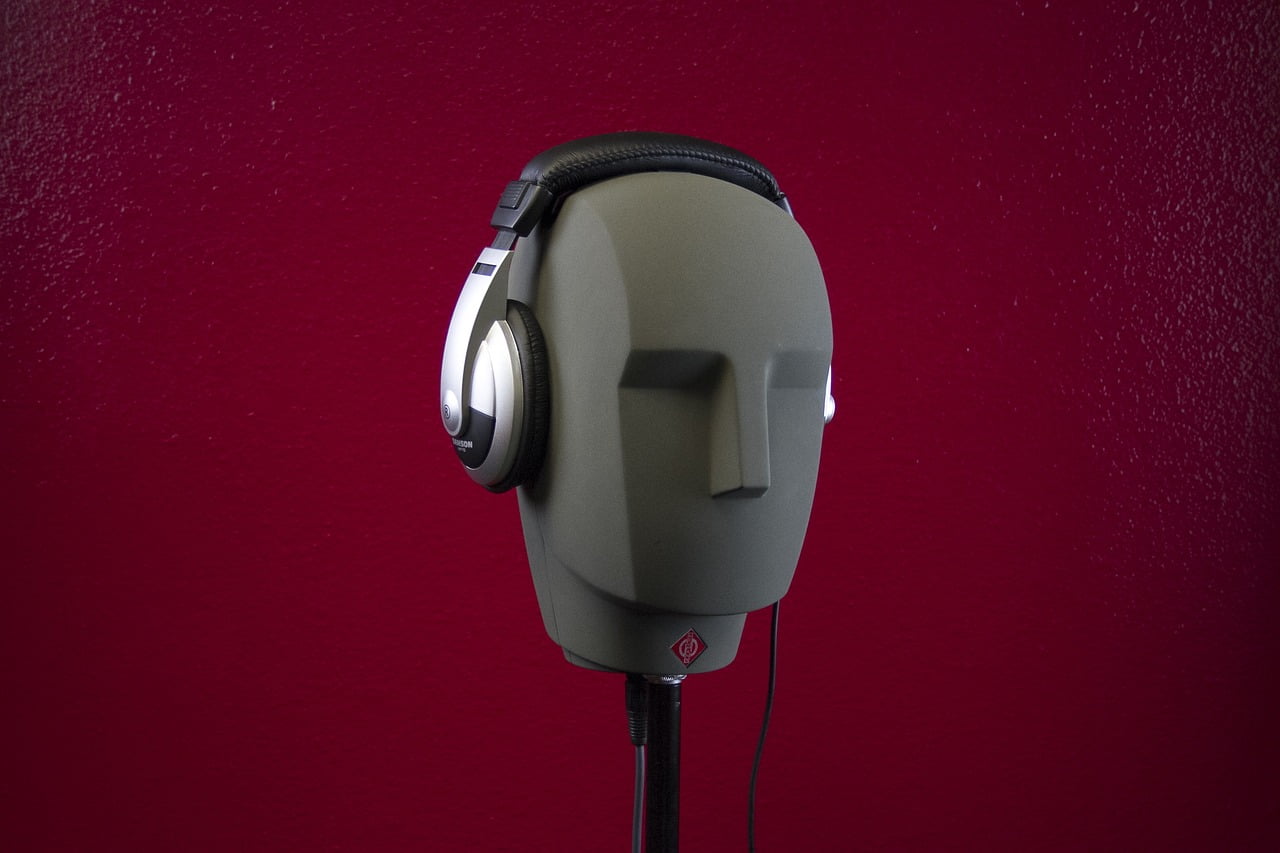
ASMR (Autonomous Sensory Meridian Response) is a phenomenon characterized by a tingling sensation in the scalp, neck, and spine in response to certain stimuli, such as gentle whispering, tapping, or scratching.
ASMR has gained popularity in recent years, particularly on social media platforms such as YouTube, Twitch, and TikTok. There are several reasons why ASMR has become so popular:
- Relaxation and stress relief: Many people find ASMR videos to be relaxing and soothing, which can help to reduce stress and anxiety. The gentle sounds and whispered voices can create a calming and meditative effect, allowing viewers to escape from their daily stressors and unwind.
- Improved sleep: ASMR content is often used as a sleep aid, as it can help viewers to fall asleep faster and sleep more soundly. The relaxing sounds and visuals can create a peaceful and tranquil environment that promotes restful sleep.
- Novelty and curiosity: ASMR is a relatively new and unique phenomenon that has piqued the curiosity of many people. The tingling sensation and the combination of sounds and visuals can create a novel and intriguing experience that viewers want to explore further.
- Personal connection: ASMR content creators often use personal attention and caring gestures, such as whispering, soft-spoken words, and gentle touch, to create a sense of intimacy and connection with their audience. This can be comforting and make viewers feel cared for and appreciated.
- Accessibility: ASMR content is easily accessible through the internet, and there are a wide variety of videos available to suit different preferences and interests. Viewers can choose from a range of sounds, voices, and visuals to create a personalized ASMR experience.

To capture ASMR content with microphones, you’ll want to choose the right type of microphone and place it in the appropriate position to capture the sounds effectively. Here are some steps to help you set up your microphones for ASMR:
- Choose a microphone: There are several types of microphones that can be used for ASMR, but the most commonly used ones are binaural microphones and omnidirectional microphones. Binaural microphones capture sound in a way that simulates human hearing, creating a 3D effect that can enhance the ASMR experience for the listener. Omnidirectional microphones capture sound equally from all directions, making them ideal for capturing ambient sounds and natural sounds.
- Position the microphones: The position of the microphones is crucial to capturing ASMR content. Binaural microphones should be placed inside a pair of ear-shaped silicone molds or on a dummy head to simulate human hearing. The microphones should be positioned at the same distance as the human ears, about 6-8 inches apart, and angled slightly forward to capture sounds from the front. Omnidirectional microphones can be placed in various positions, such as above the head, in front of the mouth, or next to the object being tapped or scratched.
- Test the sound: Before recording, test the sound quality of the microphones to ensure they are picking up the desired sounds. Listen to the audio through headphones to make sure there is no interference, distortion, or background noise. Adjust the position and settings of the microphones as needed to achieve the desired sound quality.
- Record the audio: When you’re satisfied with the microphone setup and sound quality, start recording the ASMR content. Speak or make sounds in a soft, soothing voice, and use props and objects that produce gentle tapping, scratching, or brushing sounds. Avoid sudden loud noises, which can be jarring and disrupt the ASMR experience.
Overall, the key to setting up microphones for ASMR is to choose the right type of microphone and position it correctly to capture the desired sounds. With a little experimentation and practice, you can create high-quality ASMR content that immerses the listener in a soothing and relaxing experience.See the products here.










































































































